7 different types of dog breeds
There are over 190 dog breeds recognised by the American Kennel Club, which means that choosing one of them as your new furry companion might be a difficult task. Luckily, you can narrow down your search by deciding which of the seven dog types is the best for you.
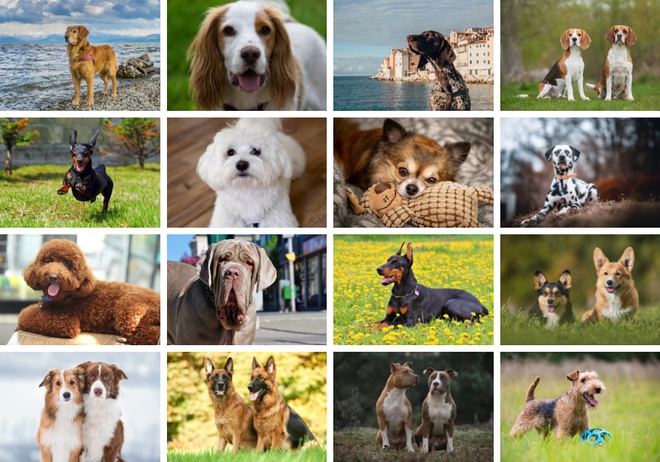
Reading time : 5 min
According to the American Kennel Club, there are over 190 dog breeds and varieties, all of which have been organised and assigned to one of seven groups that specify the work that the breeds were originally developed to do. Dogs belonging to each category share some characteristics, but in order to fully use their potential they all require positive training.
TOPICS
Sporting Group
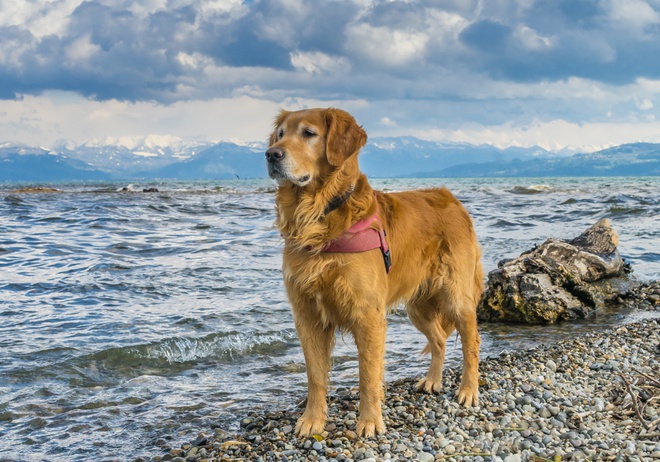
Group description
Dogs assigned to the Sporting Group were originally bred to assist hunters with catching feathered game. After the invention of gun, these dogs were used to retrieve game birds and waterfowl. According to their role within the group, there are four types of sporting dogs:
- Spaniels,
- Pointers,
- Retrievers,
- Settlers.
Retrievers, who are great swimmers, mainly take care of waterfowl. Spaniels, Pointers, and Settlers are much better at hunting quail, pheasant, and other birds in the grasslands. Many breeds from the Sporting Group have water-repellent coats, practical in the hunting conditions.
Character-wise, these dogs are active and alert, and they are well suited for active families, as their needs for exercise and physical stimulation are very high. At the same time, they can be extremely lovable and well-rounded.
Breeds in this group
Some breeds that are classified in this group include:
- Labrador Retriever,
- Golden Retriever,
- German Shorthaired Pointer,
- Cocker Spaniel,
- Nova Scotia.
Hound Group
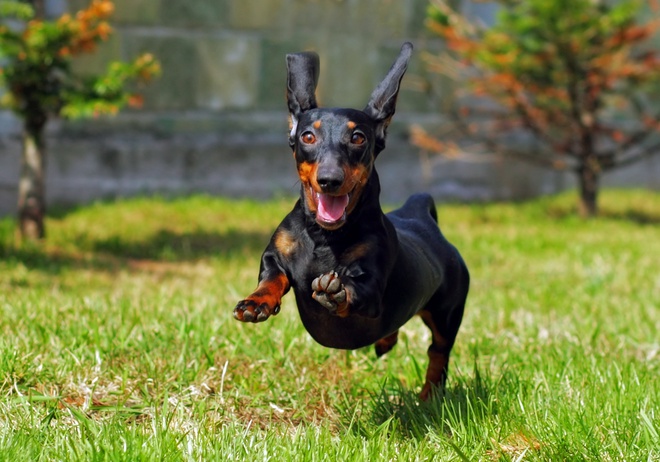
Group description
Primarily also used as hunting dogs and included in the Sporting Group, Hound Dogs got their own category by the American Kennel Club in 1930. This distinction was made to create a group that was solely bred to hunt warm-blooded quarry, for example rabbits, raccoons, and even antelopes. Within the Hound Group, you may find scent and sight hounds. As the names suggest, scent hounds rely mostly on their acute sense of smell to track game, while sighthounds use a wide field of vision and explosive speed.
Because of the job these dogs were bred to do, they have a strong prey drive that can get activated at any time. Apart from that, they are charming and affectionate, and they can be a great choice for families. Similarly to Sporting Dogs, they may require more exercise to fully use their energy. Hound Dogs can be trained, but as intelligent and independent thinkers, they need to first understand why they’re being asked to do something, rather than blindly obey.
Breeds in this group
In this group you will find such breeds as:
- Beagle,
- Basenji,
- Dachshund,
- Greyhound.
Non-Sporting Group
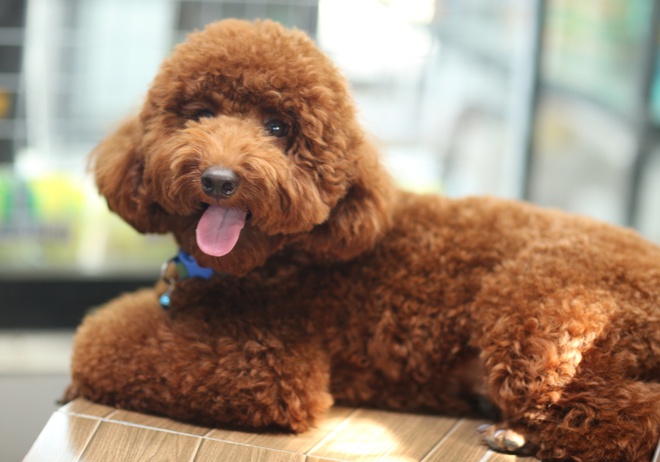
Group description
Contrary to all the other types including dog breeds that share functions and characteristics, the Non-Sporting Group was created to encompass a variety of dogs that don’t really fit within any other category. For this reason, there aren’t many similarities that you can find between the members of this group. They vary in sizes, functions they were bred to perform and their histories.
In general, Non-Sporting Dogs are good watchdogs as well as great companions, as they were bred to interact with people.
Breeds in this group
This group includes such breeds as:
- Bulldog,
- Dalmatian,
- Poodle.
Which dog breed is right for you?
Take the test and find out the dog breed that matches your personality and lifestyle.
Working Group
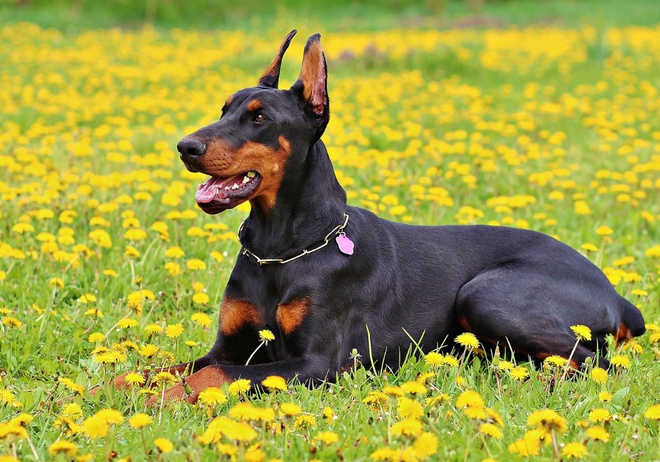
Group description
At first belonging to the Non-Sporting Group, Working Group was created to distinguish the dogs whose job was to guard properties, people, and livestock, perform rescues, or pull sleds or carts. This group includes one of the oldest breeds, and some of them are still used as working dogs today, for example as security, police, or military dogs. Dogs from the Working Group are known to be big, strong and intelligent, but also loyal and dependable. Their size and high energy levels mean that they need consistent positive reinforcement training.
Breeds in this group
This group includes such breeds as:
- Boxer,
- Mastiff,
- Doberman Pinscher,
- Rottweiler.
Toy Group
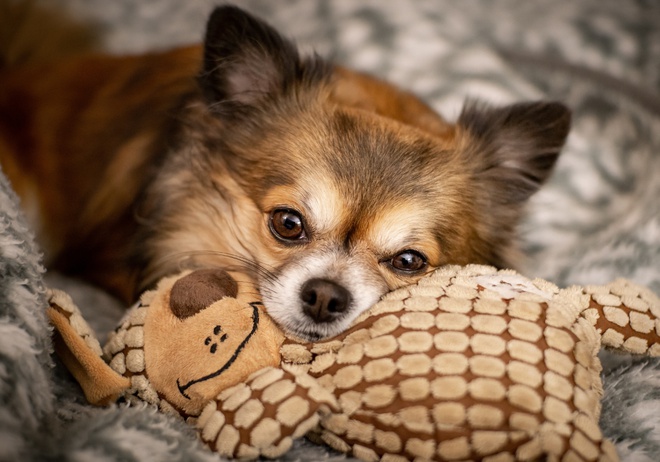
Group description
Small in size but with big temperaments, the dogs in the Toy Group were developed as companions for their owners. They come in a huge variety of coat types and colours, so there’s no doubt everyone can find a dog for themselves within this group. Toy Dogs are also known for their preference to sit in the lap of their humans or to be carried around. Because of their small size, they are perfect for those who live in an apartment or have a limited space that would not satisfy a bigger or more active dog. Historically, many of them have been bred as miniaturized versions of working dogs.
When it comes to character, Toy Dogs are usually affectionate and sociable, as well as intelligent. They can perfectly fit into a family lifestyle, but they are also full of energy and have strong protective instincts.
Breeds in this group
Some of the breeds within this group include:
- Maltese,
- Havanese,
- Chinese Crested,
- Chihuahua,
- Japanese Chin.
Terrier Group
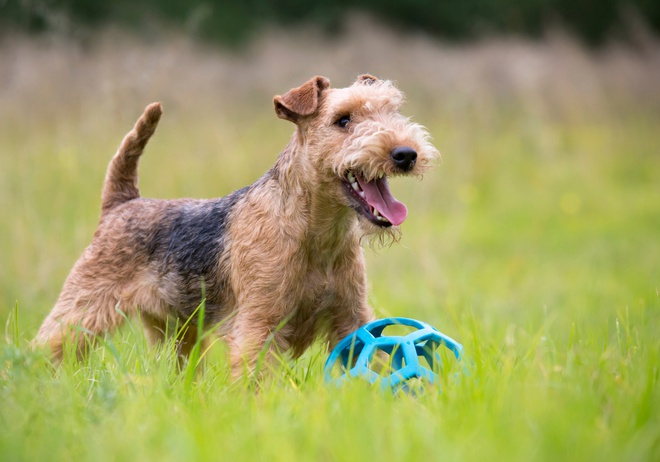
Group description
The breeds from the Terrier Group mostly originated in the British Isles, and their tasks were to pursue rodents and other vermin. Within the category, there are short-legged breeds that used to chase the animals underground, terriers with long legs, whose work was to dig the pray out, and “bull” breeds developed for bull baiting and dogfights.
Terrier Dogs have big self-confidence and courage, and they are very often quite energetic and feisty. At the same time, they make great companions, especially for those who will appreciate their strong personalities.
Breeds in this group
Among the Terrier Group, you will find:
- Bull Terrier,
- Sily Terrier,
- American Staffordshire Terrier,
- Boston Terrier,
- Dandie Dinmont Terrier.
Herding Group
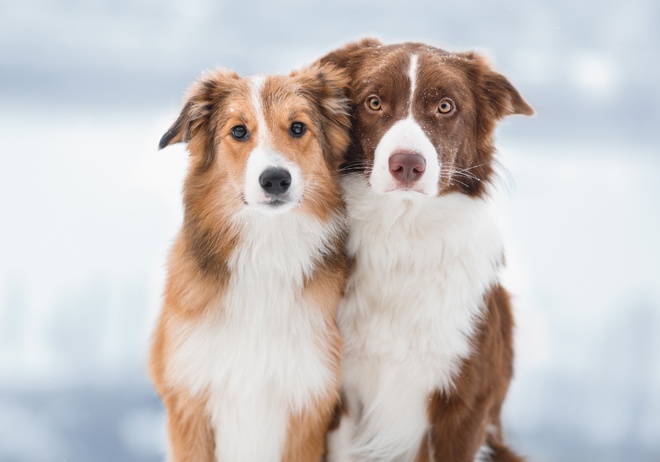
Group description
Once a part of the Working Group, Herding Dogs got their own category by the American Kennel Club in 1983. Although they vary in sizes and looks, they all share the same task, which is to gather, herd and protect livestock. They were also bred to be working closely with human shepherds. Due to their exceptional intelligence and responsiveness, dogs from the Herding Group are easy to train. That said, their intelligence also makes these dogs easily bored, which means that they require a lot of mental stimulation, apart from the physical one. As they love exercise, they find themselves best suited for active, yet stable and loving households, where loyalty and affection are reciprocal.
Breeds in this group
Some representatives of this group are:
- Border Collie,
- Pembroke Welsh Corgi,
- Australian Shepherd,
- German Shepherd.
Conclusion
Although many of the dog breeds don’t perform the tasks that they were bred for anymore, they still retain some physical and character traits specific to that job. Knowing the characteristics of each group may help you narrow down your choice.
Continue reading our guide
This article is a part of a complete guide on the subject. Do not miss the next chapters.
Which dog breed is right for you?
Take the test to find out!
Choosing a dog that matches your personality and lifestyle will ensure your well-being and his!
